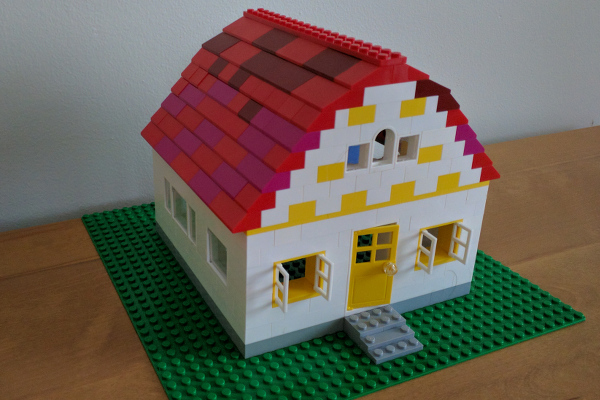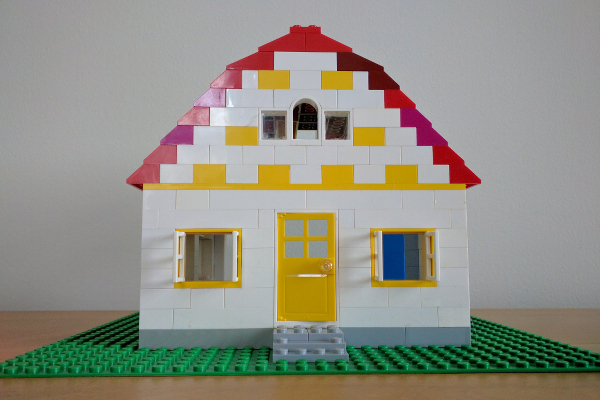New techniques and technologies are changing the way real estate is photographed, and how properties are presented online. Two new approaches that have been developing in the background finally seem ready for early adopter agents; drone photography, and 3-dimensional media.
MLS listings occasionally include exterior photos of homes that were taken from a drone, or unmanned aerial vehicle (UAV). The new and unique feature of drone photos is the dramatic angle of the shot. Typically the camera is positioned above the street, allowing the viewer to see the home and surrounding area from a bird’s eye perspective.

3-dimensional media is a new way to interact with house pictures. A special camera is set up in the center of each room, and takes a 360 degree photo of the space. The images are uploaded and processed to create a 3 dimensional photographic model of the home. The final result is a complete model of the interior of the building that resembles a doll house. The viewer can interact with the overall building to get a sense of the floor plan, and can zoom into any of the camera positions to look around the individual room.
Both types of photography have a “wow factor.” They’re impressive, mainly because they provide a view of real estate that most people don’t get to see. But how do they fit into the listing agent’s arsenal of marketing tools?
Local professionals are available for drone photography, so it’s ready when we need it. However, we have not chosen to use it for any of our listings yet. Our view is that drone photography is most appropriate for properties with significant acreage, so that buyers can see the home in relation to the land. It is also nice for showing the scale of mansion style homes, as it has the feel of the helicopter shots that have been used in the industry for quite some time.

More often than not, we find drone photography counterproductive. When used to show homes in dense neighborhoods, the aerial shots end up showing how close the neighbors are. Aerial shots also tend to prominently feature the roof of the home. Properties with an older roof, especially if it has staining or is made of slate, could be shooting themselves in the foot by showing its condition so clearly and making it a first impression of potential buyers.
3-dimensional media is still quite rare in our region. The finished product isn’t as easily displayed as a photo, so potential buyers have to visit a special website where the media is hosted. The MLS allows listing agents to upload links like this as “virtual tours.” Agents and buyers have to know that more info is available and seek it out to some extent, as the layout of the MLS and other real estate sites focus more on the traditional photos than on the extras.
Consumer real estate sites are focused on engagement, since that’s how they make money. Video is big right now, though they tell us that most consumers only watch the first 20 seconds of a clip. The sites are saying that they want to do more to promote virtual tours, like 3-dimensional media, as their next innovation. How they implement that feature will likely determine how many agents use the new technologies.
Currently, the best use of drone photography or 3-dimensional media is to help an agent win a listing. Sellers are impressed when agents talk about the innovative techniques that will be used to market their home. We feel these two advanced photography techniques are more useful as talking points than to actually attract a buyer. That may change as the online presentation of homes evolves, and as technology improves. We’ll reevaluate as needed.
On a related note, we continue to be surprised at how many agents still don’t use professional photos. Agents that don’t feel quality pictures are needed are highly unlikely to adopt more advanced (and expensive) photographic technologies.